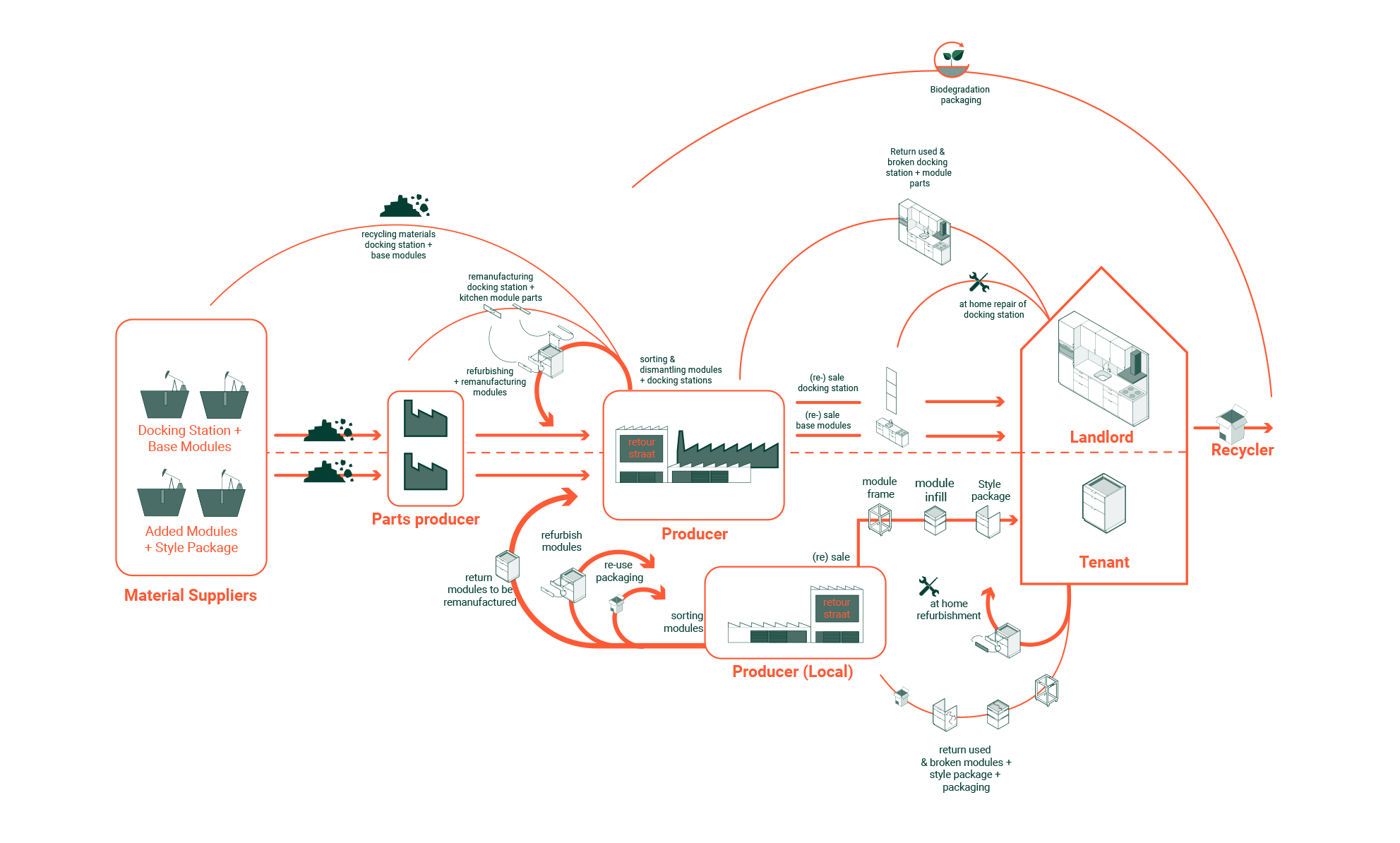The circular kitchen is a ground-breaking concept and project that is distinguished by the following:
- Not only is the kitchen itself circular, the supply chain and the business model are too.
- Up to 50% less CO2 emissions compared to conventional kitchens over an 80-year period (based on preliminary research results).
- Cheaper than conventional kitchens after just 20 years (based on preliminary research results).
- Developed and manufactured in the Netherlands in close co-operation with all parties in the supply chain.
- Non-profit scientific research project.
Advantages for landlords
The circular kitchen halves CO2 emissions and is cheaper than conventional kitchens after just 20 years. This is of interest to housing associations and other landlords.
The circular kitchen has several other advantages for landlords too.
- As the circular kitchen lasts longer than a conventional one, it does not require complete replacement as often. This saves on work (repairs, installation) and means lower environmental impact and, in the long term, reduced costs.
- Repairs are simple as all parts can be replaced individually and without the need for tools. Residents can therefore easily repair defective parts themselves if required.
- The wide range of options and customisation possibilities mean that the landlord can easily cater to the wishes of particular tenants.
- The circular kitchen is a step closer to achieving circular housing stock.
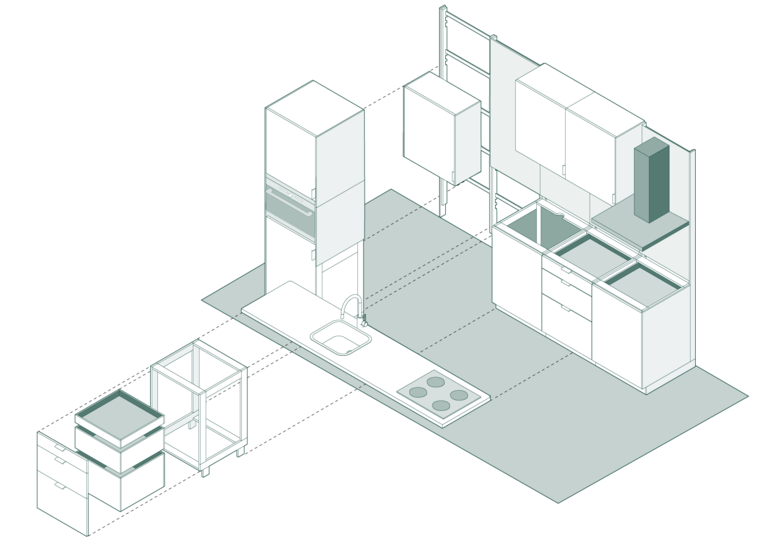
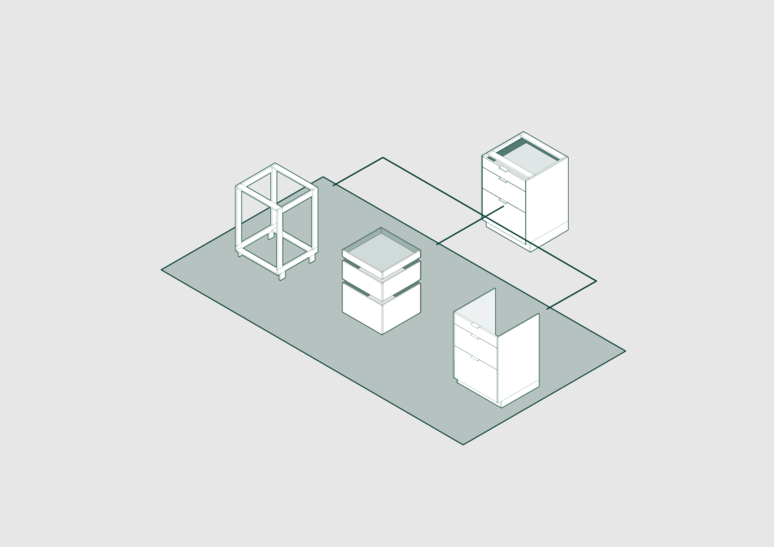
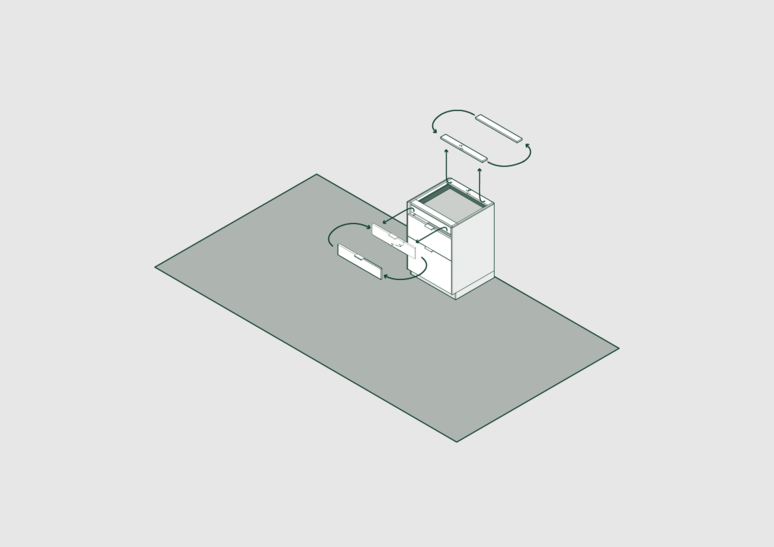
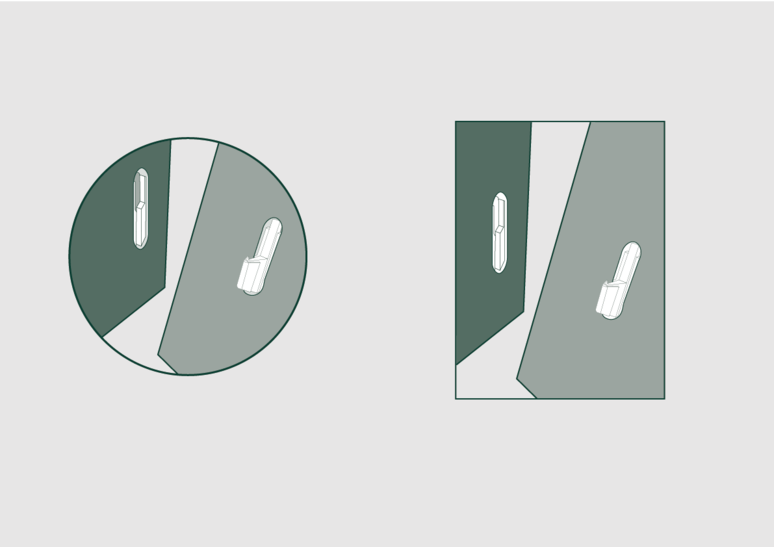
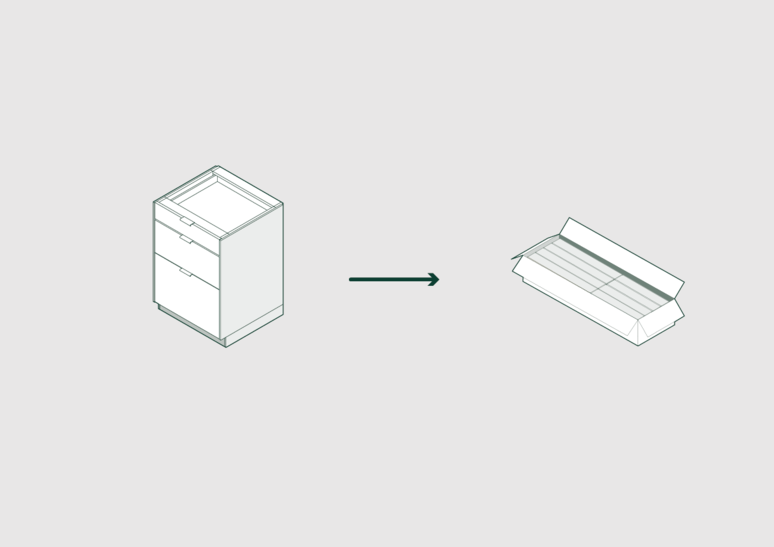

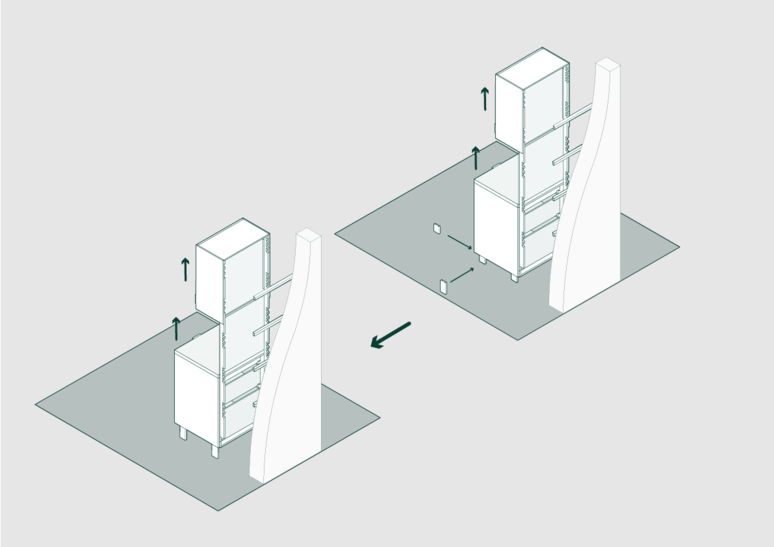
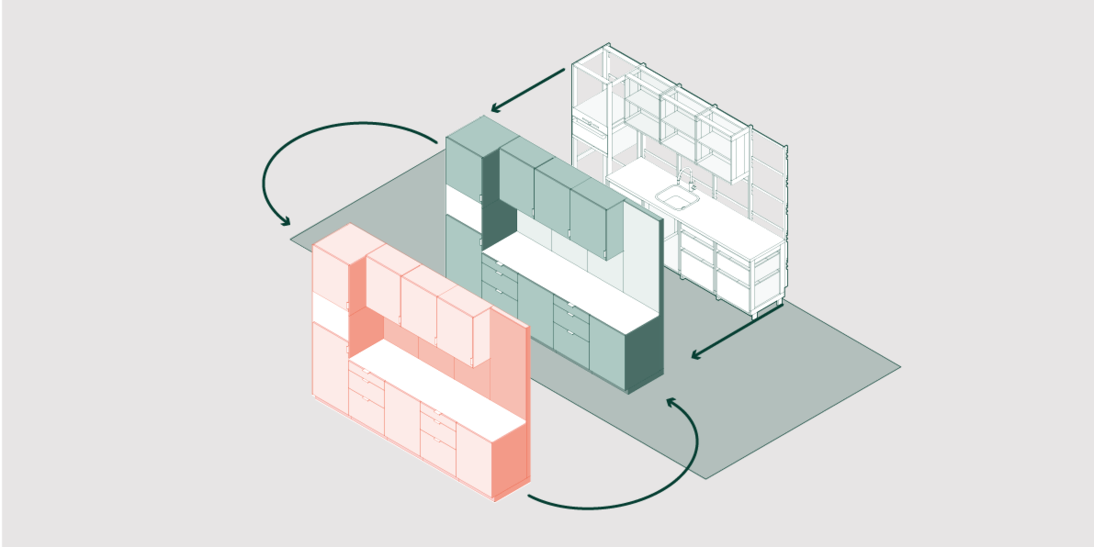
Optimum materials
Our research shows that the combination of low impact and long lifespan results in good environmental and economic performance. We are constantly researching which materials make the biggest contribution in this respect. For example, we are currently building prototypes using wood products with long lifespans. Where necessary, we apply a finishing coat to extend the lifespan further. The project is continuously driving new collaborations between parties which create innovative materials that are optimal for circular use.
Circular kitchen appliances
Parallel to the CIK project, manufacturer ATAG is developing circular kitchen appliances in collaboration with HAN University of Applied Sciences. In addition to ATAG's own research, students and interns are also working on these innovations. CIK project researchers and partners are involved here too, aiming to boost the integration of circular kitchen appliances with the circular kitchen.
Circular supply chain model
The model that underlies the CIK project transforms the current linear supply chain into a circular version. In the existing supply chain, the manufacturer supplies a kitchen that is replaced completely after one cycle of use. The materials from the old kitchen go into separate streams for waste processing, with the raw materials being repurposed or incinerated. The chipboard is returned to the supplier and used as raw material to create new chipboard.
Relooping
In the circular model, the kitchen manufacturer and retailer are responsible for relooping. This process involves the repair, reuse, refurbishment, remanufacturing, and recycling of the docking station and kitchen modules, parts and materials. Relooping is enabled through the introduction of a national return factory and a local return street. The local return street is used for collecting and sorting the products prior to sale, refurbishment or return to the manufacturer. It will be set up by the kitchen manufacturer in collaboration with housing associations. Products returned to the manufacturer will be sorted at the manufacturer's own return facility prior to remanufacturing or recycling.
Business model
The circular kitchen business model is aimed at both business to business (B2B) and business to consumer (B2C) branches. It can be organised in a range of ways.
B2B example
For B2B, sales of the docking stations and base modules will be combined with a maintenance contract and take-back guarantee. This incentivises the manufacturer to make products that are easy to repair and can therefore be given a second (or third or fourth, etc.) life. The buyer has countless configuration options, from a kitchen module with just a sink through to an extensive setup that meets every possible need.
B2C example
For B2C, consider a scenario in which the docking stations and base modules have already been installed, for example during construction or by previous residents. Kitchen users can lease or purchase (with a take-back guarantee) additional modules and style packages from local distribution points or retailers. This model encourages users to return the product after use.
Kitchen manufacturer Bribus is working with stakeholders to research the most suitable business model. It is expected that the first results will be published in 2021.


